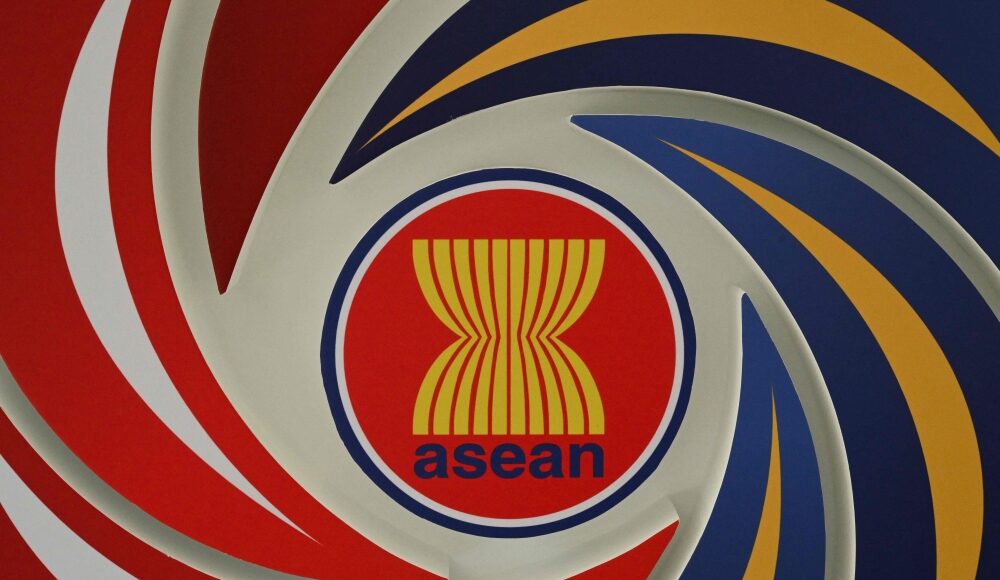MAY 14 — As the geopolitical winds shift across the Indo-Pacific, the inclusion of Timor-Leste into Asean is no longer a peripheral issue. It is central to Asean’s own identity, credibility, and future direction. Having met nearly every requirement for accession and sustained decades of diplomatic engagement, Timor-Leste has earned its seat at the table. But more than that — it has already made its choice. The real question now is whether Asean has the courage to affirm it.
A crossroads between two worlds
Timor-Leste occupies a rare position at the crossroads of South-east Asia and the South Pacific. Culturally, historically, and geographically, it could have easily aligned itself with the Pacific Islands Forum (PIF) — a regional bloc that shares its post-colonial trajectory, linguistic heritage, and developmental priorities. Had Dili chosen the PIF, it would likely have faced fewer bureaucratic hurdles and faster inclusion.
But it didn’t.
Timor-Leste chose Asean. It chose to become part of South-east Asia’s most important multilateral institution — a grouping that demands economic alignment, policy harmonisation, and strategic coherence. This was not a decision of convenience, but of vision. Timor-Leste saw in Asean not just a regional body, but a vehicle for long-term economic and political transformation.
Asean: A family Timor-Leste has already joined
Timor-Leste’s Asean journey has not been symbolic; it has been substantive. The country has established embassies in all Asean capitals, participated actively as an observer, and submitted to institutional assessments led by the Asean Secretariat and Coordinating Council Working Group. It has signed and ratified key Asean treaties, including the Treaty of Amity and Cooperation (TAC), and has aligned its national development plans with Asean’s economic integration blueprints.
In short, Timor-Leste has done what many previous applicants were never even asked to do. It has gone above and beyond. It has shown Asean-level readiness — perhaps not in scale, but certainly in spirit.
If Asean can accommodate countries with military juntas, uneven reforms, or economies mired in state capture, surely a peaceful, democratic, and reform-oriented Timor-Leste should not pose an existential challenge.
The strategic edge: Geopolitics demands it
From a strategic standpoint, Asean is incomplete without Timor-Leste. The country lies on a crucial maritime route between the South China Sea and the Timor Sea, adjacent to one of Asean’s largest members — Indonesia. Dili is also proximate to Australia, a key Asean dialogue partner and regional security player.
Amid the intensifying US-China rivalry, Timor-Leste can function as a balancing node, offering Asean enhanced depth in its maritime presence and a foothold in southern archipelagic South-east Asia.
Moreover, Timor-Leste is a bridge between Asean and the Pacific. In an era of climate change diplomacy, blue economy investments, and overlapping regional institutions, its hybrid identity gives Asean unique leverage in dialogues with PIF and AUKUS states.
In short, Timor-Leste has done what many previous applicants were never even asked to do. It has gone above and beyond. It has shown Asean-level readiness — perhaps not in scale, but certainly in spirit. — AFP pic
A democratic role model for a drifting Asean?
In a region where authoritarianism is consolidating in several Asean member states, Timor-Leste is an outlier — and an inspiration. Its peaceful transitions of power, vibrant electoral culture, and strong civic engagement are examples Asean should not just tolerate, but celebrate.
Its inclusion would be a bold reaffirmation that democracy and inclusivity remain alive within Asean’s DNA, however battered they may seem. Far from being a liability, Timor-Leste offers a normative counterweight to Asean’s increasing tilt toward political expediency.
The moral imperative: A promise delayed is a promise broken
Since gaining independence in 2002, Timor-Leste has repeatedly knocked on Asean’s door with dignity and patience. Each Asean summit that closes without a final decision feels like a signal that technicalities matter more than trust, and that unity is secondary to inertia.
As Malaysia prepares to chair Asean in 2025 under Prime Minister Anwar Ibrahim’s leadership, the regional bloc has an opportunity to finally break this pattern of delay. Anwar, known for his commitment to human rights and principled foreign policy, can reposition Asean as a body of moral clarity and strategic decisiveness.
What better way to mark Malaysia’s chairmanship than by completing the Asean family?
Conclusion: Asean must match Timor-Leste’s courage
Timor-Leste had every reason to walk away. It could have joined the Pacific Islands Forum years ago and found comfort in familiarity. But it stayed the course. It held faith in the idea that Asean — despite its flaws—could be a home for South-east Asia’s most vulnerable, most determined, and most democratic new state.
It’s time for Asean to return that faith. Not just with words, but with action.
Include Timor-Leste — not because it is perfect, but because it represents everything Asean once aspired to be: independent, inclusive, resilient, and united.
* Phar Kim Beng is a professor of Asean Studies in the International Islamic University Malaysia (IIUM)
** This is the personal opinion of the writer or publication and does not necessarily represent the views of Malay Mail.





